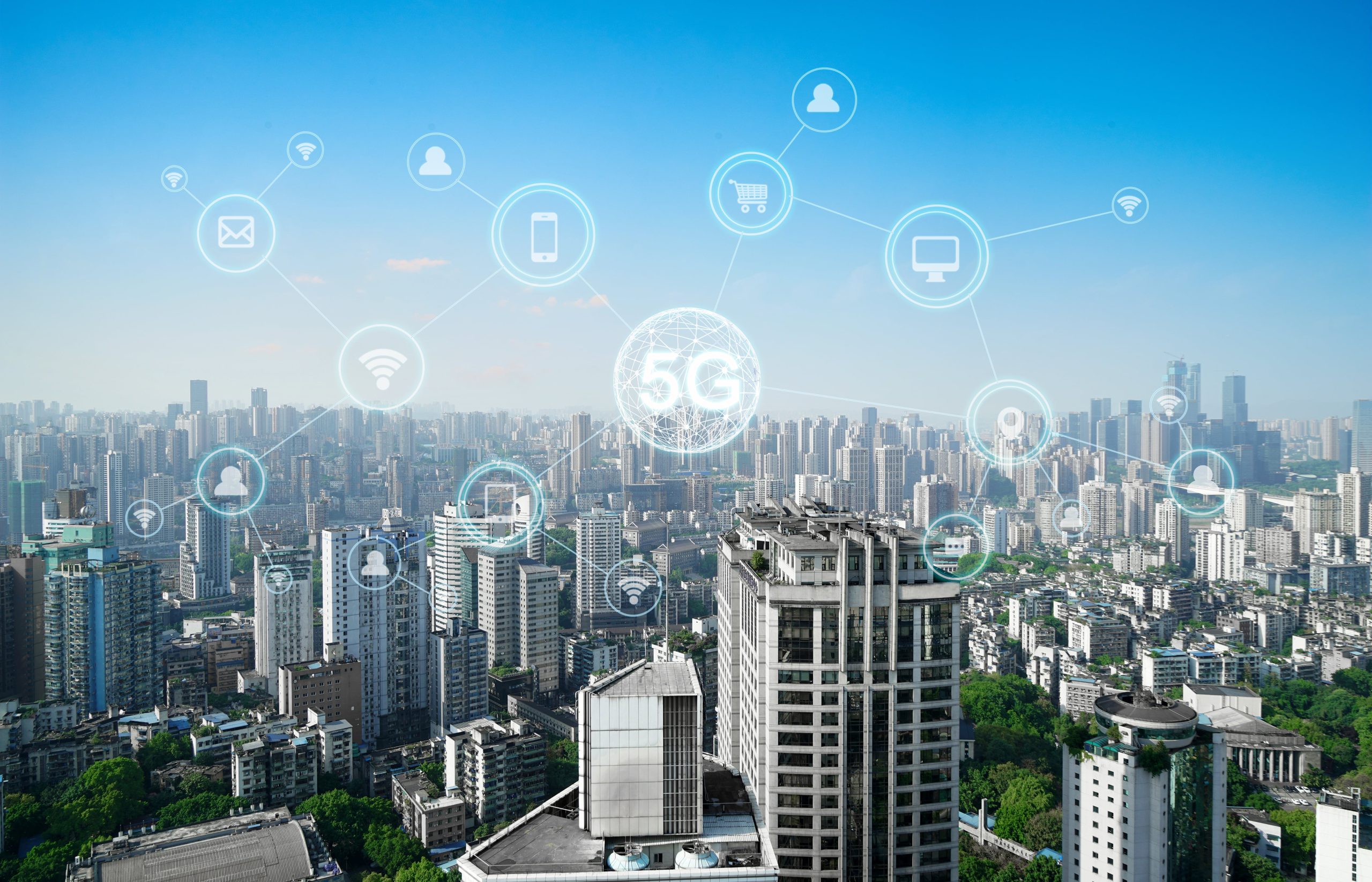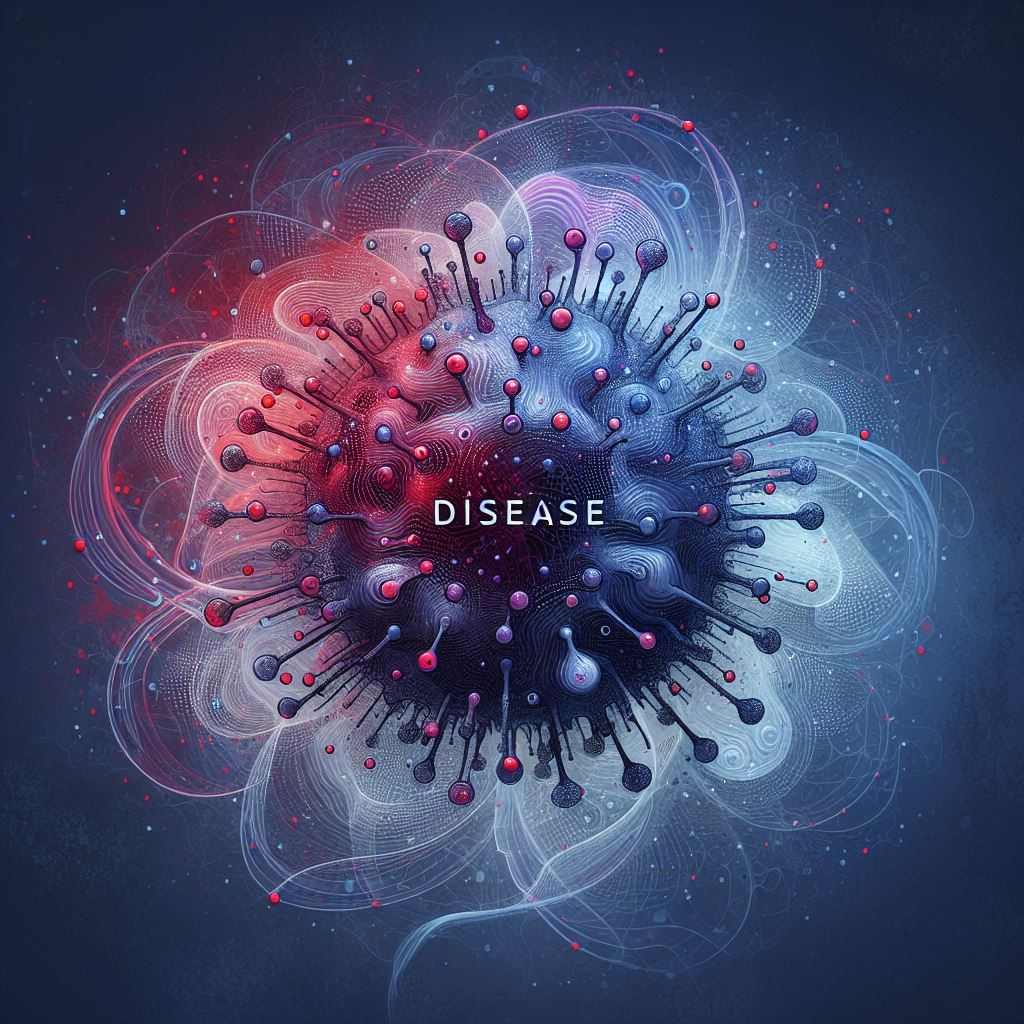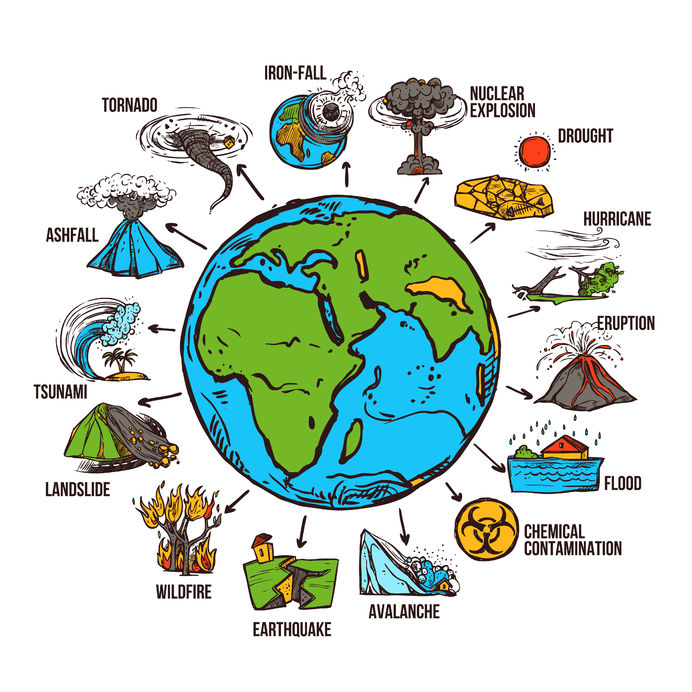As the demand of mobile data is increasing day by day, we are expecting more faster technologies like 5G in near future. Many companies are working to develop this technologies so that 5G could fulfill the needs of our future netizens.
5G Mobile Network is the next generation of wireless communication which promises to provide faster speeds, low latency and increased capacity to transfer data.
5G is 5th generation of standards for mobile telecommunication.
1G refers to the first generation which was adopted in early 1990s.
2G refers to the second generation, which replaced analog 1G to fully digital 2G network. 2G network first introduced SMS (Text
Messages ), MMS (Multimedia Messages)
3G refers to the third generation which increased the speed of communication and this could support new things like video calling, live streaming, mobile internet.
4G is the successor of 3G, 4G is around 5 to 7 times faster than 3G. It provides speed from 100 Mbps to 1 Gbps.
How 5g Works
To understand how 5g works we need to understand the following two topics i.e millimeter waves and small cell network.
4G network uses lower frequency network and it’s frequency band lies between 2 – 8 GHz where as 5G network uses higher frequency 28 and 39GHz. These higher frequency are known as millimeter waves. These millimeter waves can carry large amounts of data at a very high speed with low latency or lag (response time).
Millimeter Waves
Millimeter waves is the region of electromagnetic spectrum where wavelength ranges from 10 millimeters (0.4 inches) to 1 millimeter (0.04 inches)
Millimeter waves are longer than infrared waves, or x-rays but are shorter than microwaves or radio waves. Millimeter waves are also known as Extremely high frequency (EHF) because there band of radio frequency lies between 30 to 300 gigahertz (GHz) in the electromagnetic spectrum. Radio waves in this band have wavelengths from 10 to 1 millimeter that is why it’s call millimeter band. Millimeter waves have one dis- advantage that they can not travel very long distances because generally they are absorbed by gases in the atmosphere.
Millimeter waves travels in straight lines from point A to point B which means any interference in between can block the transmission. Even a animal, human walking in between point A and Point B can block the transmission.
There are two solution to tackle these challenges: Beamforming and Beamtracking. In simple terms beamforming means send beam of radio waves directly to your mobile but due to interference one beam could not work that is why there can be multiple beams pointing to your phone and your phone catches the strongest beam through beam-tracking.
If sender and receiver are not in a straight line then beam can be bounced off a surface to precise angle then receiving device like beam tracking can use the strongest signal. Even a interference like your hand on mobile antenna could block the beam single. Companies are working in this regard and there is consideration to use 2 antennas at the corner of the mobile phone.
Small Cell Networks
Small Cell Networks are kind of sub networks that can be implemented with a big macro network, to the small network for example in a building we can call this network a pico cell.
Small cell networks can help 5g network to reach wider area for example indore or out door small cell networks.
5g technology will utilize 2 types of towers. One is large tower and we can it macro network other one will be small towers, we can call this small cell network.
While macro is sufficient for larger areas, small cell networks are for short distances and can be used in cities or inside building.
Small cells are wireless transmitters and receivers.
Applications of 5G Technology
Smart Homes
Home appliances can be connected together to better manage a house remotely. Chances are your food might be ready when you arrive home. Through 5g all home appliances can communicate with each other in real time and monitoring can be done through remote areas.
Smart Homes are no longer a fiction but many companies are working in this segment
Self Driving Cars
5G will really give boost to self driving car technology because self driving cars need to communicate with other cars to know their location in real time.
Every decision needs to be made in milliseconds to avoid any potential collision.
Faster Network
5g technology will allow us to download data at the speed of 10 to 20 GBPS which is similar to fiber optics speed. Using 5G voice and high speed data can be transferred simultaneously.
Internet of Things
Internet of things is another idea to connect every device, machine, appliances with internet. This would require a most efficient way to transfer huge amount of data and 5G fits to this technology.





